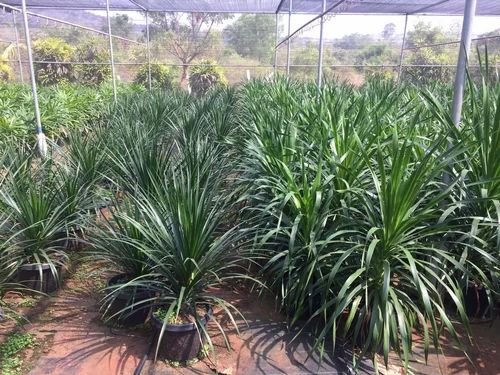Dracaena draco: The dragon tree
In its natural habitat in the Canary Isles, the dragon tree, or Dracaena draco, is now almost extinct. Humans coveted the blood-red juice that seeps out from cuts made in its bark. This bitter-tasting juice is actually a resin that hardens quickly after exposure to air. It’s known as dragon’s blood thanks to its deep red color and sanguine consistency.

Dragon’s blood has been used since ancient times. The aboriginal inhabitants of the Canary Isles used it to mummify their dead. Dragon’s blood is also used in traditional medicine: It was taken internally to treat diarrhea, and is also used externally to heal wounds. It was also taken to prevent scurvy, a disease caused by a lack of Vitamin C in the diet. Its similarity to human blood also caused it to be used in traditional rituals and magic.

Dried, it was burnt as incense for a spiritually cleansing effect. In the Middle Ages, dragon’s blood was nearly worth its weight in gold. In addition to its medicinal properties, this red resin was used as a varnish for stringed instruments. Today, it still finds use in making paints, varnishes, and polishes for wood and marble.

The tree can reach a height of up to 20 meters. They do not develop growth rings, but older specimens can be recognized by the dense forking of branches in the crown of the tree. The flowers of the dragon tree are white, and arranged in long panicles. When fruiting, it produces berries of an orange-red color.